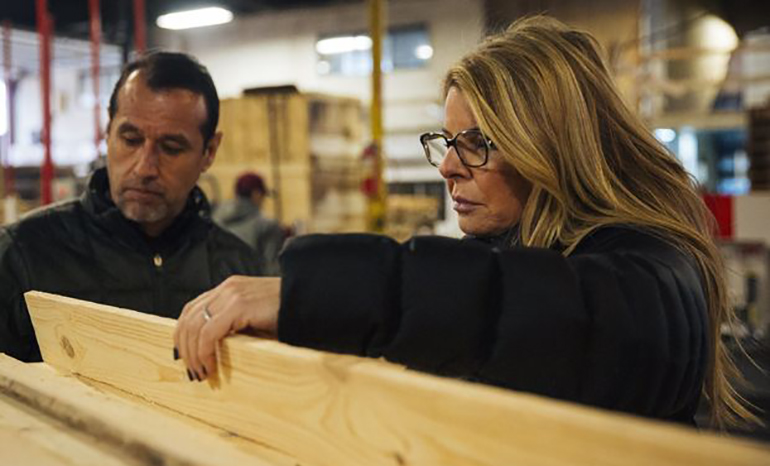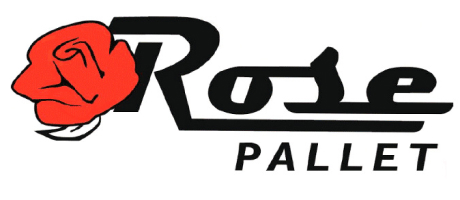Who’s Looking at Your Pallets?
Periodic inspection of your pallet supply is necessary for a variety of reasons. The most important of which is to prevent product damage during transit. But, this practice is often overlooked until it’s too late. Keep an eye on your pallets and avoid the risks with routine pallet assessments.

While pallets may represent a lower-cost item in the supply chain, it’s important to routinely perform a pallet assessment, which examines both supply and performance of pallets within your warehouse. After all, pallet type and quality have a significant impact on loading and unloading time, safety, and cost. Using the wrong ones can slow down distribution or deliveries, thus impacting overall efficiency and—ultimately—the bottom line.
A comprehensive pallet assessment examines your product, shipping methods, material handling process, pallet type (quality and size), unit load, and storage. The goal is to affirm or recommend the right size, support, and style. With the right pallet, your company can rest assured that products will reach recipients in a timely manner, safely, and in original condition.
Rose Pallet has performed hundreds of pallet assessments. We are happy to go on site to personally review your pallet supply and shipping operations. Here’s what we’ll look at:
- Product – Its size, weight, and material to determine best packaging.
- Shipping – Where is the product shipping and who are the primary recipients? Different industries have different pallet specifications. When possible, we provide cost-saving alternatives that still match the requirements of your clients.
- Process –What type of automation, equipment, or other methods are used to handle pallets in your organization? Are pallets sent one-way or are they used multiple times?
- Pallets – How do pallets hold up within your facility and after shipment? Board thickness and deck board overhang, for example, can make or break pallet durability. We may recommend a different type or grade of pallet to maximize its lifecycle and minimize damage.
- Unit load – How many products fit per pallet and can this be adjusted for better unit load efficiency?
- Storage –Most pallets are designed to be stacked on a flat surface; but, there are also a wide range of pallet racking systems available. To properly protect your pallets when not in use, we may suggest a different type of rack based on how long pallets are stored, how frequently they’re accessed, and what type of equipment is used to access the racks.
Our team of highly trained specialists is ready to look at your pallets. Together, we’ll uncover areas of improvement to increase efficiency and improve your bottom line. Contact us today to set up an appointment.












